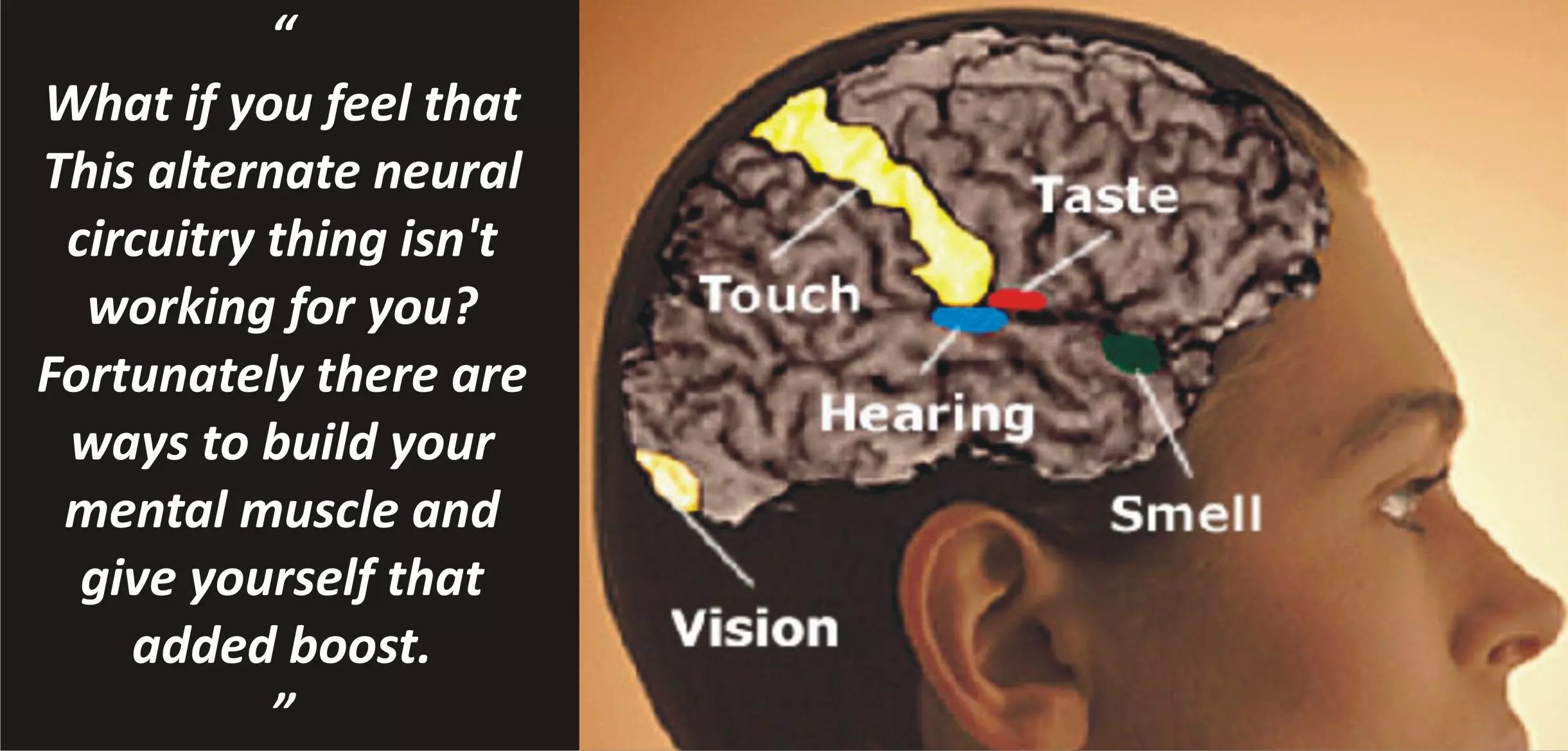
HOW TO BUILD A BETTER BRAIN By Susan Krauss Whitbourne, Ph.D According to the newest theory of aging and memory, you can build your brain power through a process called “scaffolding.” As we get older, some of our neural circuits don’t work as well they used to. You probably know that painful little brain blip […]
HOW TO BUILD A BETTER BRAIN
By Susan Krauss Whitbourne, Ph.D
According to the newest theory of aging and memory, you can build your brain power through a process called “scaffolding.” As we get older, some of our neural circuits don’t work as well they used to. You probably know that painful little brain blip when you’re trying to remember the name that goes with a person you haven’t seen for a while or when you walk into a room and forgot why you went there. It feels like something just isn’t clicking the way it should.
It turns out that successful brain agers do have these experiences but they find clever ways to overcome them by switching on new circuits when old ones fail. Though younger adults may be better able to attack mental problems most efficiently with the parts of the brain ideally suited to the task, older adults are able to call out the troops in other parts of the brain and solve the problem just as well.
For many years, proponents of the “plasticity” model of brain aging have been at war with the “neural fallout” advocates. You can probably guess what each side in this debate has to say. The fallout proponents point to the inevitable loss of neurons and synapses that occurs over the years. Their view is challenged by the plasticity side which points to research showing that the remaining neurons in the brain never stop developing new connections, maintaining the overall balance of brain resources.
We also know that aging spares the vital function known as “procedural memory,” which is your ability to remember how to perform many of the actions that make up your daily activities. Normal aging will spare your ability to remember how to make your morning coffee, hammer a nail into a wall, or sew on a button.
Even in cognitively intense areas such as bridge playing, chess, reading, and typing, experience often wins out over youth. Master bridge players in their 60s, 70s, and beyond can take a quick peek at their cards and in an instant come up with a strategy for playing the hand without even having to memorize each individual card. Areas of the brain involved in complex language and word processing skills continue to develop and reach maturity well into the middle years of life.
From time to time there is debate about youth vs. experience in areas demanding quick reactions. Air traffic controllers are one group of workers whose ability to watch for trouble and react quickly when they see it might be thought of as very vulnerable to the effects of aging. It came as a surprise, then, when researchers found that on a simulated air-traffic control experiment, older controllers who actually took longer to respond in lab experiments performed well on the complex tasks required in the situations they encountered on the job on a daily basis.
What if you feel that this alternate neural circuitry thing isn’t working for you? Fortunately there are ways to build your mental muscle and give yourself that added boost. One way is by through aerobic exercise, normally thought of as the antidote to premature cardiovascular disease. The areas of the brain involved in attention and working memory seem to benefit from a workout that makes you sweat as much as does your heart. Watching what you eat can also help build your brain. Foods high in omega-3, such as salmon, are truly “brain food.” Even better, flavonoids, found in certain foods ranging from fruits and vegetables to red wine and dark chocolate, can also have a beneficial influence on cognition. In a longitudinal study conducted in France over a 10-year period, high levels of flavonoid intake were associated with significantly lower memory declines.
High levels of mental activity may even prevent Alzheimer’s disease. In a unique longitudinal study of aging among Sisters of Notre Dame, nuns who agreed to donate their brains upon their death were studied while they were alive. After they died, having previous agreed to autopsy, their cognitive performance could be compared with the brain tissue seen under the microscope. Despite the fact that their brain showed the telltale signs of Alzheimer’s disease in autopsy, in life they had not appeared symptomatic. In large part it was their high levels of mental activity in early adulthood that seemed to protect them from the ravages of the disease.
But it’s not only your mental muscle that you need to exercise. Physical exercise also seems to serve a protective function against the type of cognitive changes that may precede the development of Alzheimer’s disease, particularly if it is performed at least at a moderate level of intensity.
Finally, it’s your mental attitude that you need to check out if you’re going to keep your brain in tune. The key is to adopt a recognize that some of our abilities changes as we get older, but others improve especially if we keep active. “Use it or lose it,” as the saying goes. Recognizing that you are undergoing cognitive changes and then trying to maximize your performance will help preserve your abilities and maintain them to their fullest potential.




